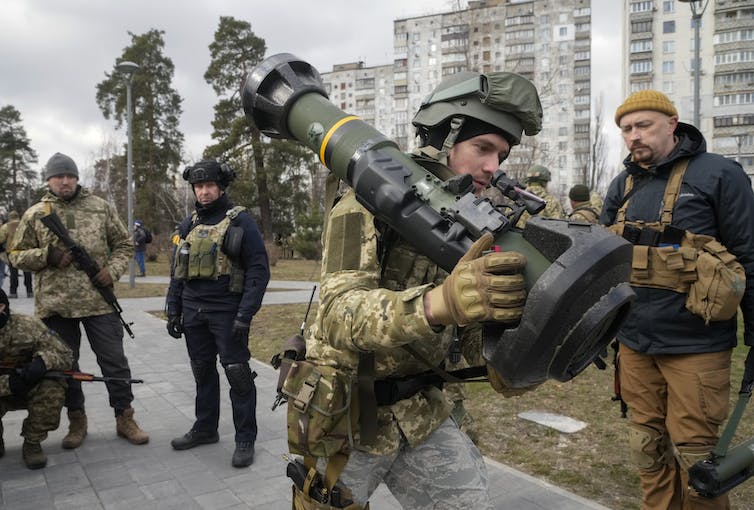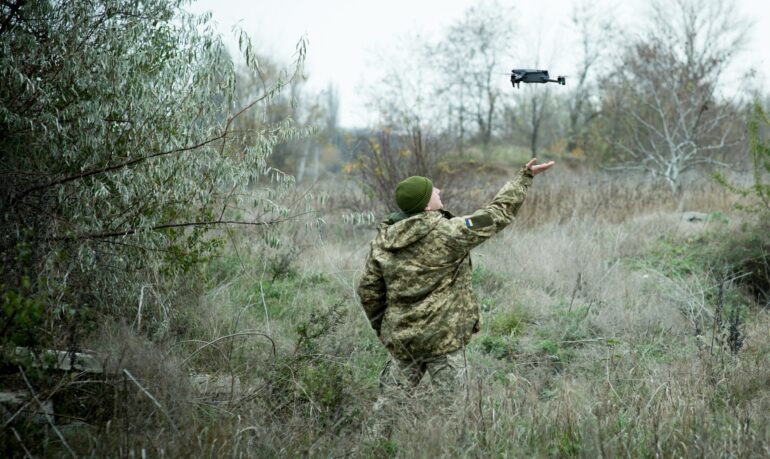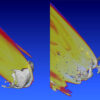In less than a year, Ukraine’s military has emerged as a modern, effective fighting force in large part due to an abundance of technology provided by the United States and its NATO allies.
On Feb. 24, 2022, the date of the Russian invasion of Ukraine, the Ukrainian military was still dependent on Russian-made military equipment, much of which was antiquated. Today it fields high-tech Western weapons systems like High Mobility Artillery Rocket System (HIMARS) and anti-radar missiles.
However, it is not technology alone that wins battles. Ukraine has managed to receive a large assortment of NATO equipment, learn how to use it and bring it to the battlefield with impressive speed and effectiveness. The past year has seen Ukraine become a technical fighting force, able to combine different levels of technology in support of a cohesive strategy.
In contrast, this year has shown that Russia, despite having modern technology and weapons, has been unable to use its seeming technological advantage due to poor leadership, bad strategy and lack of competence.
Much of the attention on Western-furnished technology has focused on top-tier systems like the Patriot missile battery, HIMARS, High-speed Anti-Radiation Missile (HARM) and Javelin portable antitank missile, and other precision anti-tank weapons. This does not do justice to the scale of technology Ukraine is using on a daily basis across the war zone.

Advanced anti-tank weapons like the U.S.-made Javelin and the British-made NLAW, seen here, have helped the Ukrainian military fend off large numbers of Russian armored vehicles.
AP Photo/Efrem Lukatsky
Three tiers
Military technology in the war in Ukraine can be categorized in three tiers. The weapon systems mentioned above fall in the high-end tier. These systems have proved to be powerful weapons in the hands of Ukrainians, but have somewhat limited utility due to cost and training requirements. These factors limit the number of systems available to Ukrainian forces. Ukraine now fields 20 HIMARS, and will get only a single battery of the Patriot system.
The Patriot alone requires several months of training in the U.S. In addition to the training burden, these weapons require a large support system of highly specialized parts and maintenance. The long logistics tail for the highest tech systems decreases their utility. These high-end systems are critical to Ukraine’s fight, but need to be supplemented by mid- and low-tier systems that can be delivered and used in large numbers.
The mid-tier systems include drones like Turkey’s Bayraktar TB2 and the American-made Switchblade and ScanEagle. These systems have been provided in the hundreds and come with minimal outside training requirements, while offering an immediate advantage on the battlefield. This level of technology requires less training, which means it can enter the battlefield much more quickly and be put in more…



